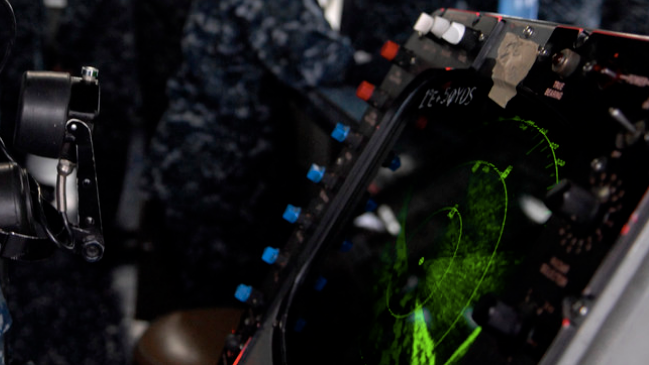U.S. Pacific Fleet Orders More Near-Miss Reporting

In the wake of two deadly collisions involving Japan-based destroyers, the commander of U.S. Pacific Fleet's surface forces has issued new, strict requirements for near-miss reporting. The directive is the latest in a series of changes to Navy operating practices in response to criticism over the accidents: the service is also supplementing manning on Arleigh Burke-class destroyers; requiring its warships to transmit AIS in congested waterways; forming a new oversight group for training at 7th Fleet; and reinstating the use of maneuvering boards.
In a directive issued September 18, COMNAVSURFPAC chief of staff Capt. B.R. McClane outlined a new list of near-miss incidents and casualties that commanding officers must report. The list of reporting priorities is centered on human error, and includes:
- Significant errors in navigation, seamanship or ship control that endanger the ship or other vessels or personnel. This includes unplanned close CPA; loss of steering or emergency breakaway during replenishment operations; unplanned anchorage; and parting of mooring lines.
- Unplanned complete loss of propulsion or electrical power due to operator error.
- Violation of weapons control practices resulting in or risking engagement of unintended contacts or inability to complete an intended engagement.
- Inadvertent or negligent discharge of small arms or shipboard weapons systems.
- Major mission area degradation due to operator error.
- Personnel error that represents a significant deviation from sound shipboard operating principles. Examples include unauthorized stowage of flammable materials or improper tie down of embarked aircraft or landing craft.
- Incorrect operation or unplanned actuation of a safety device (including fire suppresion systems) resulting in personnel injury or equipment damage.
- Significant fire or flooding.
- MARPOL violations.
Existing Navy policy also requires the reporting of mishaps resulting in damages of $500,000 or more; an injury or occupational illness resulting in disability; or the hospitalization of three or more personnel. Additionally, at his or her discretion, a commanding officer may report damages under $500,000 or an event involving the loss of one or more days of work.
The new guidance also outlines the methods for carrying out a non-disciplinary critique in the wake of an incident. Notably, the guidelines suggest drilling down beyond individual factors to focus on "process breakdowns," including any shortcomings in training, drills, planning, supervision or shipboard culture. "Look for signs of deeper, systemic problems," the bulletin advises. The critique process is intended to inform corrective action and retraining for personnel in the short term and broader improvements in process over the long term.
